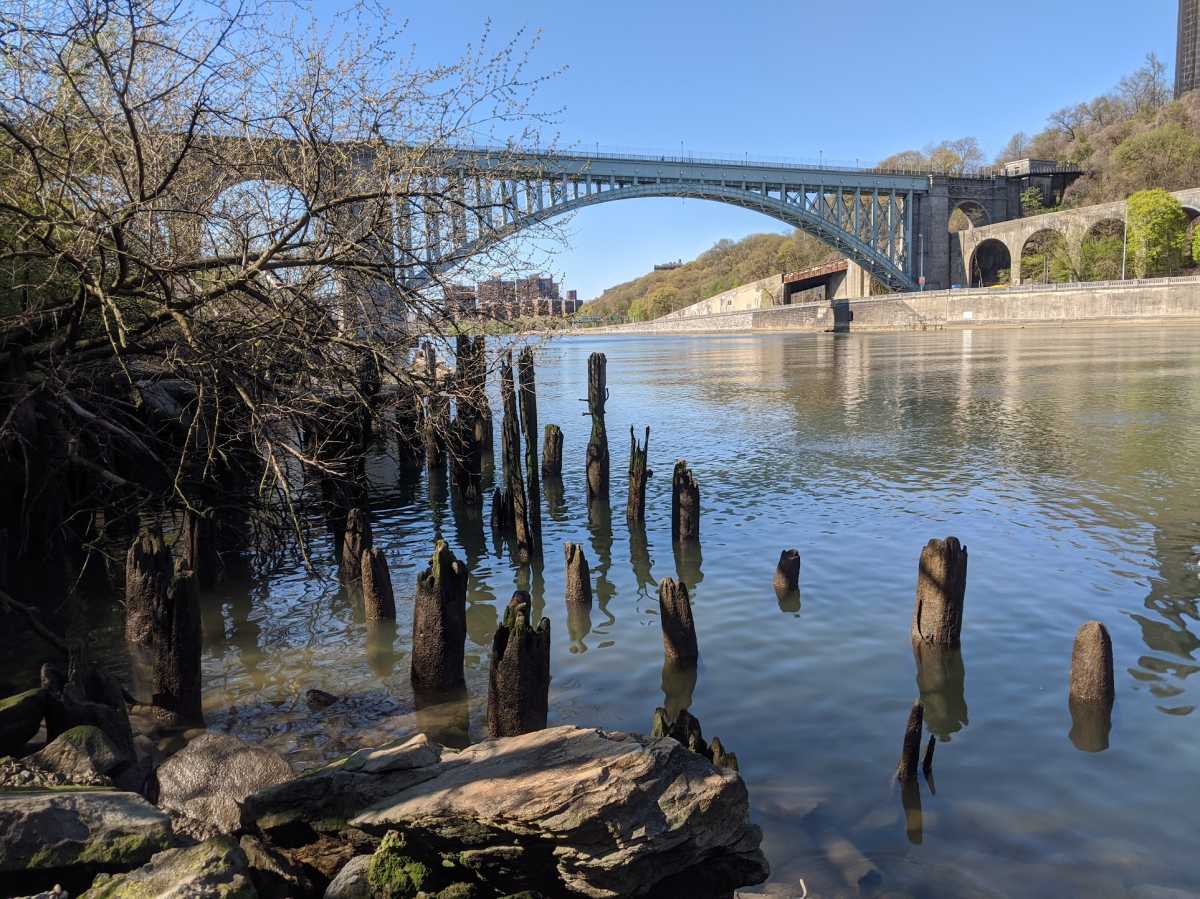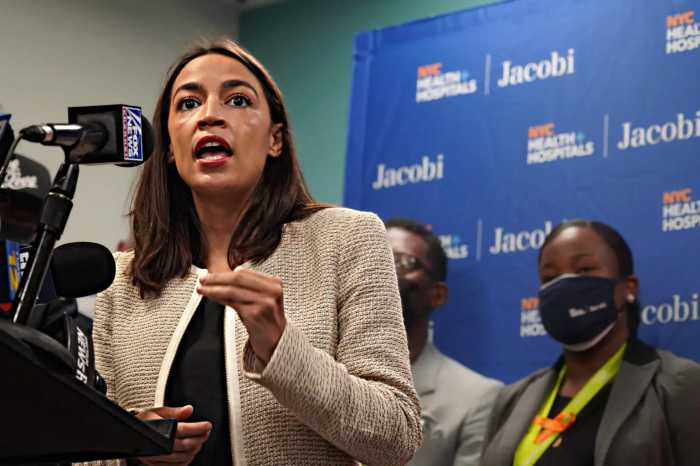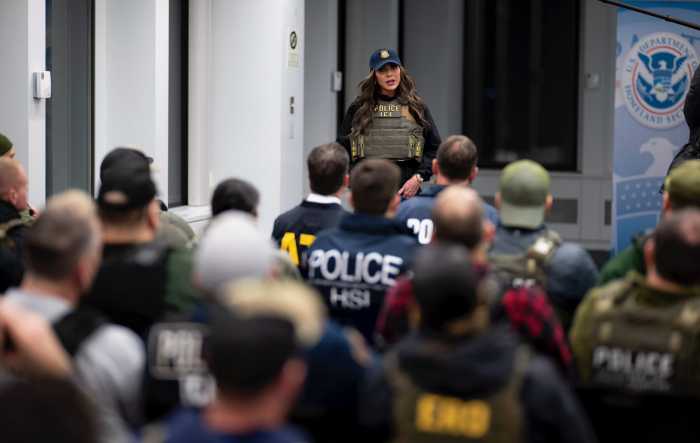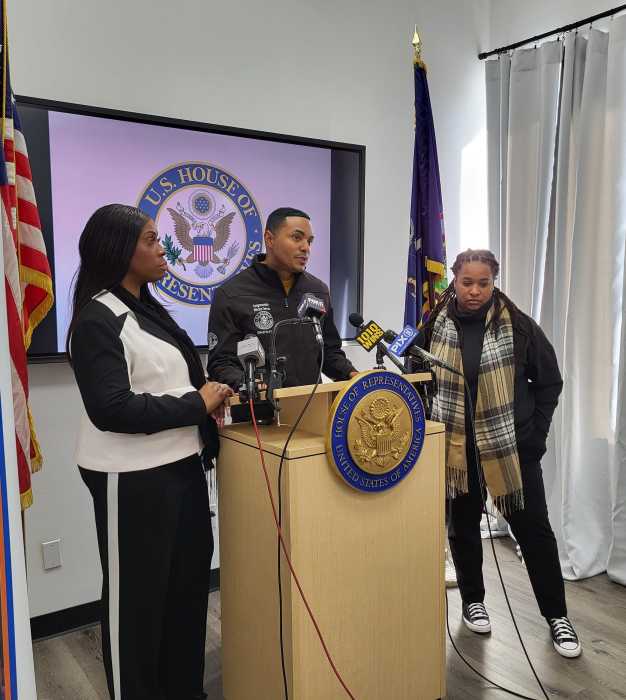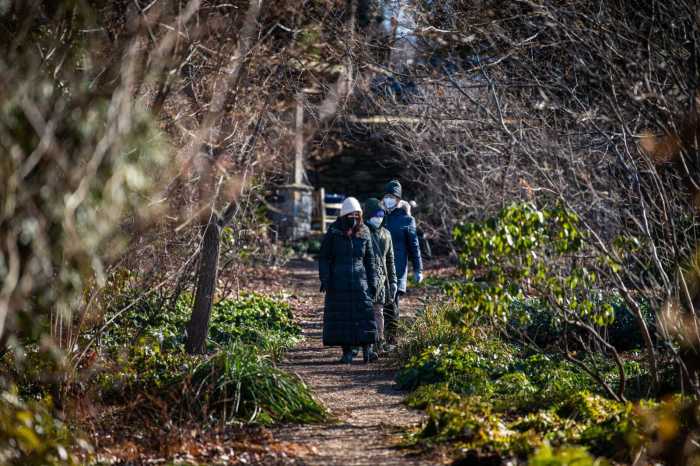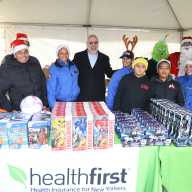U.S. Rep. Ritchie Torres warned City Hall on Monday that a critical environmental study aimed at restoring the Harlem River is at risk of losing federal funding unless the city steps up.
In a letter to Mayor Eric Adams and Department of Environmental Protection Commissioner Rohit T. Aggarwala, Torres said the city must commit $500,000 to match a federal allocation already secured by Congress. The $1 million study would mark a key first step in efforts to clean the heavily polluted waterway that separates the Bronx from Manhattan.
Torres cautioned that the federal share will be forfeited if the city fails to allocate its portion before the start of the new fiscal year.
Torres told the mayor and the city’s top environmental official that the project was important for the communities close to the Harlem River in the Bronx and to the city’s sustainability goals.
“The Harlem River project represents a critical opportunity to restore ecological function, improve water quality, enhance public access, and strengthen New York City’s climate resilience,” Torres wrote. “Failure to move forward would mean not only the loss of current federal dollars but also jeopardizing future environmental investments in the Bronx and across New York City.”
Chauncy Young, coordinator of the Harlem River Working Group, has spent years working alongside Bronx communities and the U.S. Army Corps of Engineers to develop a plan to restore the long-polluted waterway. He told the Bronx Times that losing the funding for the feasibility study—which will determine whether the full cleanup project can move forward—could set back the river’s revitalization by several years.
He emphasized the critical role that collaboration across all levels of government has played in the success of major sustainability initiatives such as the Hudson River Greenway and the Bronx River Greenway. He also questioned whether the city would show the same hesitation in matching federal funding for similar projects in more affluent neighborhoods.
“ We need the [cooperation] to continue and it’s devastating if it’s on the part of our city that these funds are not provided,” Young said.
The city’s Department of Transportation (DOT) has committed to building a greenway on the seven-mile stretch along the river in the West and South Bronx which will connect Randalls Island to Van Cortlandt Park. But the matching funds that Torres and environmental advocates seek would go towards revitalizing the waterway itself.
Decades of development along the Harlem River have destroyed wetland habitats, replaced natural shorelines with concrete bulkheads, caused sewage contamination and overflow during heavy rains, and buried dozens of small tributary streams that once fed into the river. The environmental project would aim to restore degraded habitats and use updated green infrastructure to improve the water quality.
But the city did not directly say whether it planned on matching federal funds for the environmental restoration project, instead implying that such an allocation would largely duplicate existing efforts.
City Hall told the Bronx Times that the administration already has a long-term plan for cleaning up all of its waterways that will address many of the concerns of the Harlem River Working Group.
As part of that plan, the city is slated to begin construction on a large portion of its waterways plan called the Tibbetts Brook daylighting project later this year, which will reroute a long-buried brook above ground to avoid the city’s sewer system and reduce overflow into the Harlem River.
“We are committed to collaborating with our partners to ensure that any new studies and investments complement our multi-billion-dollar initiatives to reduce combined sewer overflows and enhance water quality across New York City’s waterways, including the Harlem River,” City Hall spokesperson Allison Maser said in a statement.
But plans for the citywide effort to clean up its waterways, called the Open Waters Long Term Control Plan, seem to focus exclusively on sewage overflow mitigation, making no mention of restoring natural shorelines or wetland habitats.
Young said that money for the Harlem River Environmental Restoration Project is key in mitigating the harm done to communities and environments in the Bronx through careless development.
“ To lose those funds right now would be a real continued issue of environmental justice and injustice that we’ve been experiencing in this community for decades,” Young said.
Torres told the Bronx Times in a statement that now is the time for the city to cover its fair share saying, “the clock is ticking.”
“This initiative is vital to the environment, health, and well-being of the Bronx, and we can’t afford to let this opportunity slip away,” Torres said. “I urge City Hall to act swiftly and ensure this critical investment becomes a reality.”

